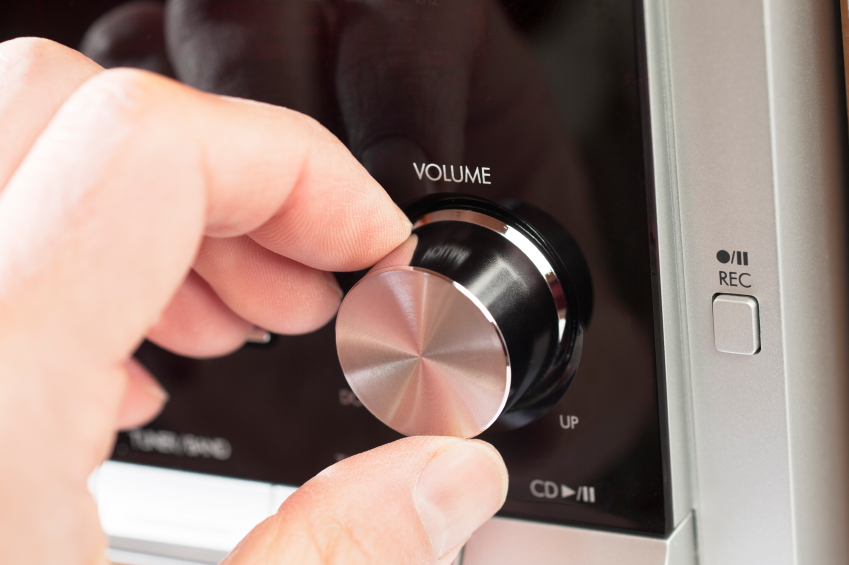Why You Should Wire for Audio
 With wireless technologies gaining considerable momentum in recent years, one of the more common questions audio video installation professionals are asked is, “What kind of wireless surround sound system can I have in my home?” While there are manufacturers that attempt to fill this particular niche with a variety of products, the fact remains that there are a number of limiting factors for wireless audio in both high-fidelity and home theater scenarios.
With wireless technologies gaining considerable momentum in recent years, one of the more common questions audio video installation professionals are asked is, “What kind of wireless surround sound system can I have in my home?” While there are manufacturers that attempt to fill this particular niche with a variety of products, the fact remains that there are a number of limiting factors for wireless audio in both high-fidelity and home theater scenarios.
Shortcomings of Wireless Home Audio
Firstly, all systems require power cords, whether permanently affixed to devices or temporarily attached while charging. This means no system will be 100 percent cable or wire free.
Next come issues of signal reliability and audio fidelity, both of which are ill-served by wireless solutions. While no surround sound system is completely free of cable or wire runs, there are those that go the route of having some components, such as subwoofers and rear speakers, delivering audio via a wireless signal. These systems have shown us that they are prone to signal loss and interference, and diminished sound quality. Ultimately, the only method that provides consistent performance or audio acceptable to the modern-day audiophile is one that uses a wired solution.
“Wired” Doesn’t Have to Mean Visible Wires
If you’re looking for a superior audio experience, it doesn’t mean that you must be reconciled to having visible wires running throughout your home. Today’s integrators have numerous methods available to them that not only conceal wires and cables, but also provide additional advantages.
Integrators can organize wires and cables with an aim beyond the obvious need for neatness. Through wire management techniques, your Savannah AV solutions provider at Custom Audio Video can design a structured wiring layout that will provide higher levels of accessibility and ease in manipulation during future upgrades and service calls.
Under preferred circumstances, cables and wiring go to devices from one centralized location. Housed in a closet, cabinet or rack, audio visual components can be stacked and positioned so that all wires radiate from one area to the varied rooms being serviced. These central locations frequently include networking equipment, as any integrator should be prepared, and offer, to incorporate hard wiring plans into their A/V solution, since this is the most efficient means of obtaining a strong and consistent feed for video streaming from services such as Netflix.
Make Your Wires Disappear
This brings us to making wires “invisible.” There are various approaches to wire concealment. At times, using in-wall and in-ceiling speakers will simplify matters, as perhaps the most common approach is to run lines in crawl spaces, attics and walls. The challenge comes when dealing with freestanding speakers: While a little more effort will go into this solution, it becomes an easy task for the veteran audio integrator when employing wall plates for cable termination and techniques such as running wire behind molding and through channels in speaker stands.
All this begins with sitting down and having a face to face conversation with a custom audio and video integrator, and discussing your needs and wants so that a strategy can be mapped out. As with all projects, planning is the key to a flawless execution.
If you’re looking for the audio solution that’s perfect for your home, contact us or visit our showroom to see how we can help!









